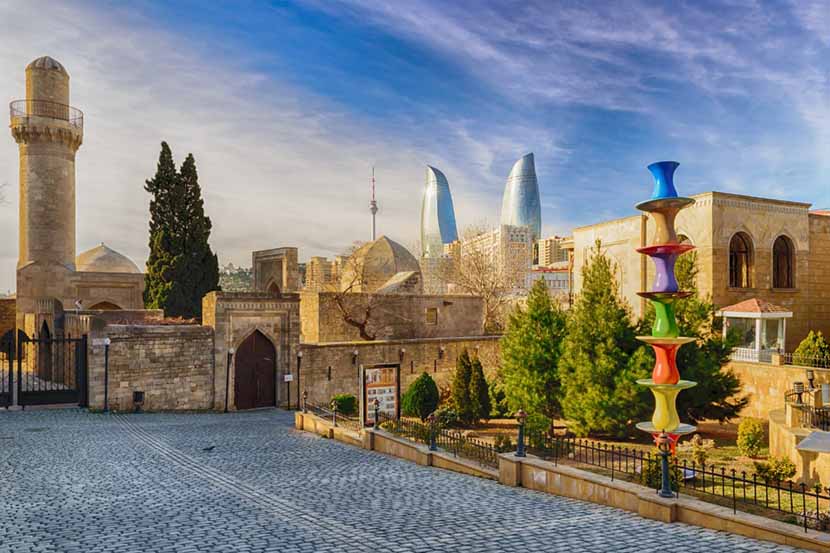
A burgeoning middle class in India is driving a significant surge in outbound tourism, reshaping the travel landscape across Asia. Destinations from Hong Kong to Central Asia are witnessing a spike in interest from Indian travellers, fuelled by improved connectivity and affordable travel packages.
According to a recent report by India’s leading online travel company, Indian residents who took two or more trips in a year increased by 32 percent from June 2023 to May 2024.
This surge is indicative of a growing appetite for international travel among the Indian population.
This trend is not only fueling growth in international destinations but also benefiting domestic hotel chains like the Indian Hotels Company Limited (IHCL).
IHCL’s diverse portfolio of hotels, ranging from luxury properties to mid-scale options, has been instrumental in catering to the varied needs of Indian travelers.
The report also highlighted a shift in travel preferences among Indian travellers.
Destinations such as Almaty, Kazakhstan, and Baku, Azerbaijan, have seen a meteoric rise in online search interest, with annual growth rates of 527 percent and 395 percent, respectively.
This suggests a growing desire for off-the-beaten-path experiences.
Luxury travel has also gained traction among Indian travellers. Hong Kong, in particular, has emerged as a popular destination for premium travellers, with online searches surging by 131 percent annually.
The city’s allure lies in its reputation as a glamorous and multifaceted international destination, offering a wide range of experiences.
The report further revealed that leisure travel accounts for over half of all international trips by Indians, followed by visiting friends and relatives.
International travel search volumes remained consistent across all seasons, with December being the most active month.
The United Arab Emirates, Thailand, and the United States emerged as the top three countries of interest for Indian travelers, followed by Singapore and Indonesia.
Mayur Patel, head of Asia at travel data provider OAG, attributed the growth in Indian outbound tourism to a combination of factors, including a growing middle class, affordable international packages, improved flight connectivity, and easier visa procedures.
He estimated that the number of Indians travelling overseas last year grew by 15 to 20 percent compared to pre-pandemic levels.
With the Indian middle class projected to expand significantly in the coming years, the base of potential outbound tourists is expected to grow substantially.
Millennial and Gen Z in India are also breaking travel conventions, opting for independent travel rather than organised tours.
This trend is likely to drive a rise in backpacking, solo, and sustainability travel.
The growth of Indian outbound tourism is expected to boost prospects for the tourism industry in Asia, especially as more visitors from China seek domestic destinations.
Countries in Southeast Asia, Northeast Asia, the Middle East, and Central Asia, are actively marketing themselves to Indian tourists and negotiating to increase flight connectivity.
Central Asian nations such as Kazakhstan and Azerbaijan have successfully capitalized on the trend by promoting themselves as compelling destinations for tourists seeking new experiences.
Indian tourists can now travel visa-free to Kazakhstan for up to 14 days.
The report also highlighted a preference for premium hotel stays among Indian travelers, with over half of hotel bookings in 2023 made for destinations with tariffs up to USD 84 per day.
South Asian and Southeast Asian destinations such as Pokhara, Pattaya, and Kuala Lumpur remain popular choices for budget-friendly stay options.
